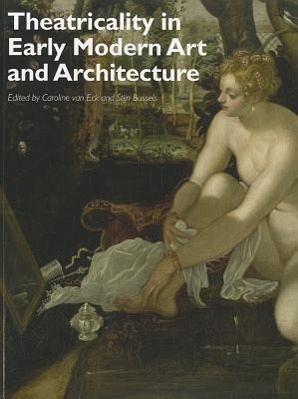
Theatricality in Early Modern Art and Architecture
Versandkostenfrei!
Versandfertig in über 4 Wochen
38,99 €
inkl. MwSt.

PAYBACK Punkte
19 °P sammeln!
Caroline van Eck is Professor of Architectural History and Theory at Leiden University, where she directs a project on art, agency and living presence funded by the Dutch Foundation for Scientific Research. Recent publications include British Architectural Theor: An Anthology of Texts 1550-1750 (2003) and Classical Rhetoric and the Arts in Early Modern Europe (2007). Stijn Bussels is Research Fellow at the School of Art History at Leiden University and lecturer in Theatre Studies, Art and Society at the University of Groningen. He is the author of The Antwerp Entry of 1549: Rhetoric, Performan...
Caroline van Eck is Professor of Architectural History and Theory at Leiden University, where she directs a project on art, agency and living presence funded by the Dutch Foundation for Scientific Research. Recent publications include British Architectural Theor: An Anthology of Texts 1550-1750 (2003) and Classical Rhetoric and the Arts in Early Modern Europe (2007). Stijn Bussels is Research Fellow at the School of Art History at Leiden University and lecturer in Theatre Studies, Art and Society at the University of Groningen. He is the author of The Antwerp Entry of 1549: Rhetoric, Performance and Power in the Early Modern Netherlands (2010).


